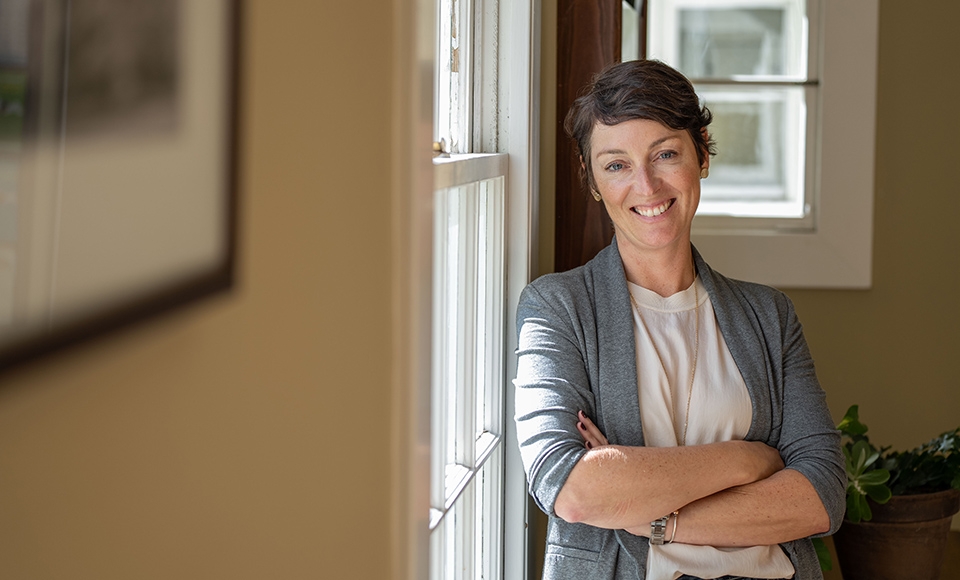Breadcrumbs
- News
- News Archive
- Dominican Public Health Faculty, Student Collaborate on Breast Cancer Study

A team of Marin County researchers is advancing methods to measure environmental risk factors for breast cancer. A newly published study co-authored by Dominican University of California professors Dr. Michaela George and Rochelle Ereman and alumna Jenyse Rojo ’20 examined less invasive and cost-effective methods of identifying the impact of cadmium as an environmental breast cancer risk factor.
The paper, "Assessment of salivary cadmium levels and breast density in the Marin Women's Study" was published in Cancer Medicine. Co-authors include researchers from the Marin County Department of Health and Human Services, the Buck Institute for Research on Aging, and the University of California, San Francisco.
Cadmium (Cd) is classified as a heavy metal carcinogen found in soil, which can become concentrated in plants, vegetables, and grains. Cadmium is also released into the air from motor vehicle fuel and is used in the production of batteries, fertilizers, and plastics.
Because cadmium has been associated with female breast cancer in some studies, finding a simple and cost-effective way to measure cadmium levels is a priority.
Historically, cadmium levels have been measured through blood or urine samples. However, saliva is simpler to obtain and may be a more useful biological monitoring tool for large-scale population screening, say the authors. Saliva sampling has several advantages over blood or urine, especially in the capacity to collect large numbers of samples across a community without a doctor’s visit. But the approach hadn’t been proven.
“Little was known about salivary Cd sampling in the context of breast cancer risk factor assessment. We found that saliva-based sampling for cadmium has the potential as a bio-sample to measure cadmium and should be considered for larger epidemiological studies where physical access to patients is limited or challenging.”
The researchers found that cadmium was quantifiable in more than 90% of saliva samples. While this is largely expected, as cadmium is a naturally occurring compound, this finding demonstrates the utility of saliva samples to detect cadmium.
The researchers did not find an association between cadmium levels and breast density, a marker of breast cancer risk, among women in the study.
George credits alumna Jenyse Rojo’s contributions to the study published in Cancer Medicine.
“Jenyse Rojo was a huge part of this paper,” notes Dr. George. Jenyse has been working in public health research since she graduated in 2020. After working as a sample accessioner for a genetic screening company in San Francisco and as a clinical research coordinator at the University of California San Francisco, Jenyse is now a Reiki practitioner.
“In the fight against breast cancer, we need as many tools as possible. Defining less invasive ways to measure risk is important progress,” said Dr George. “We’re proud to be part of this team of local academic and government partners dedicated to preventing breast cancer.”